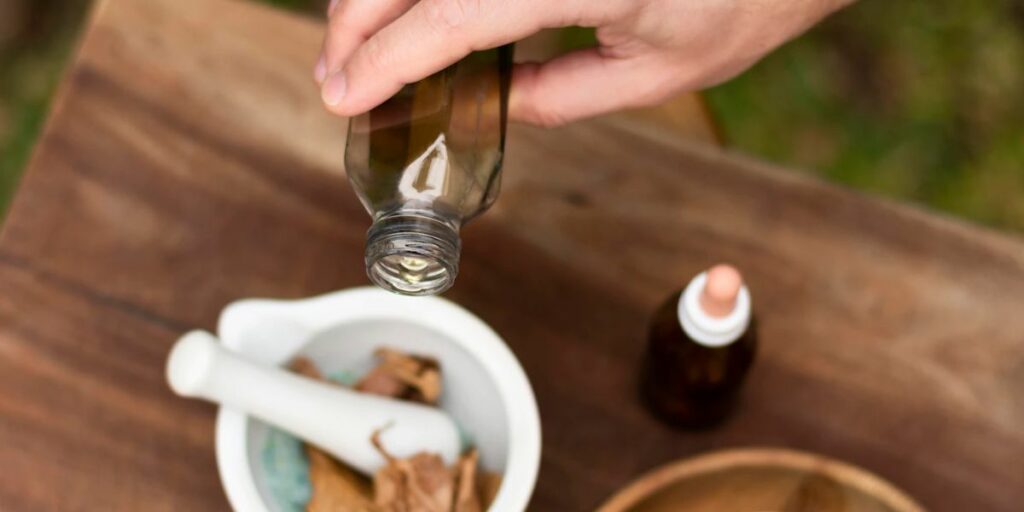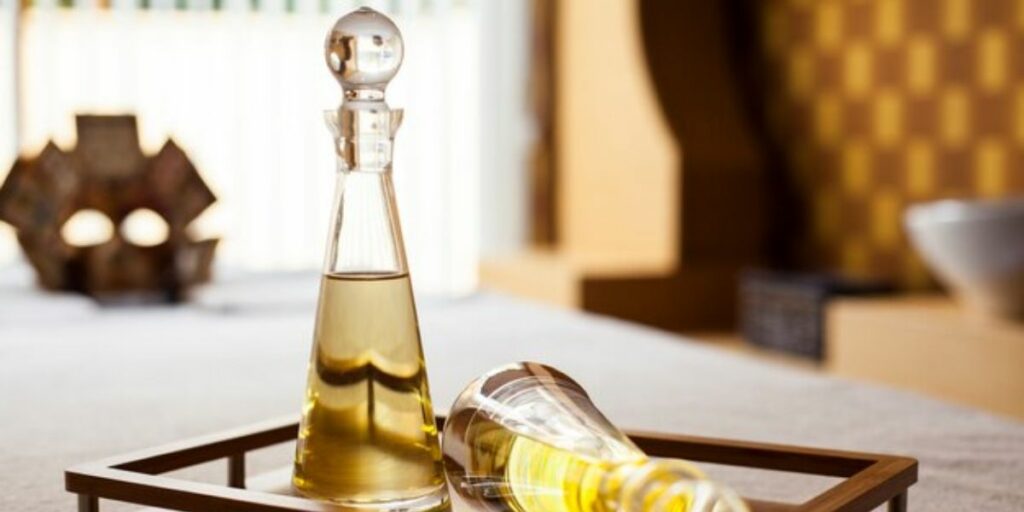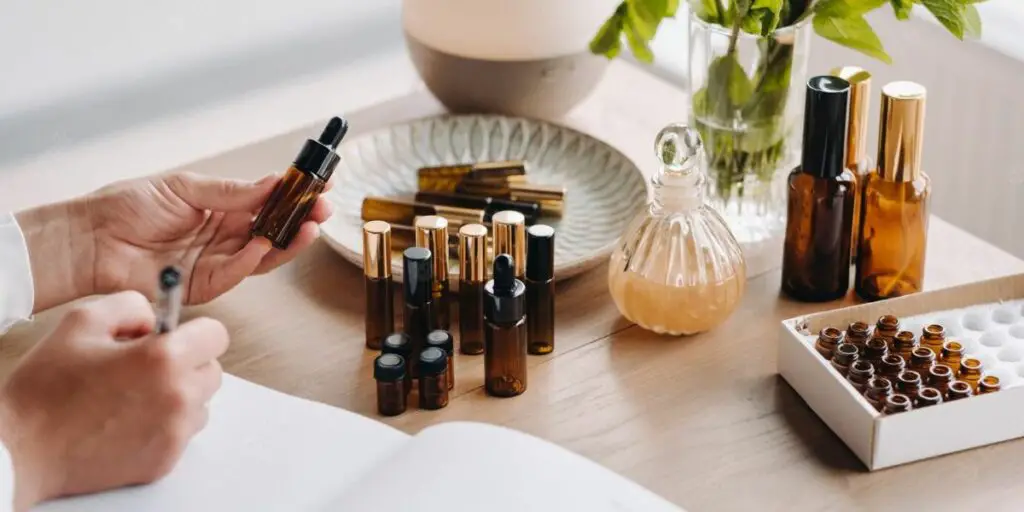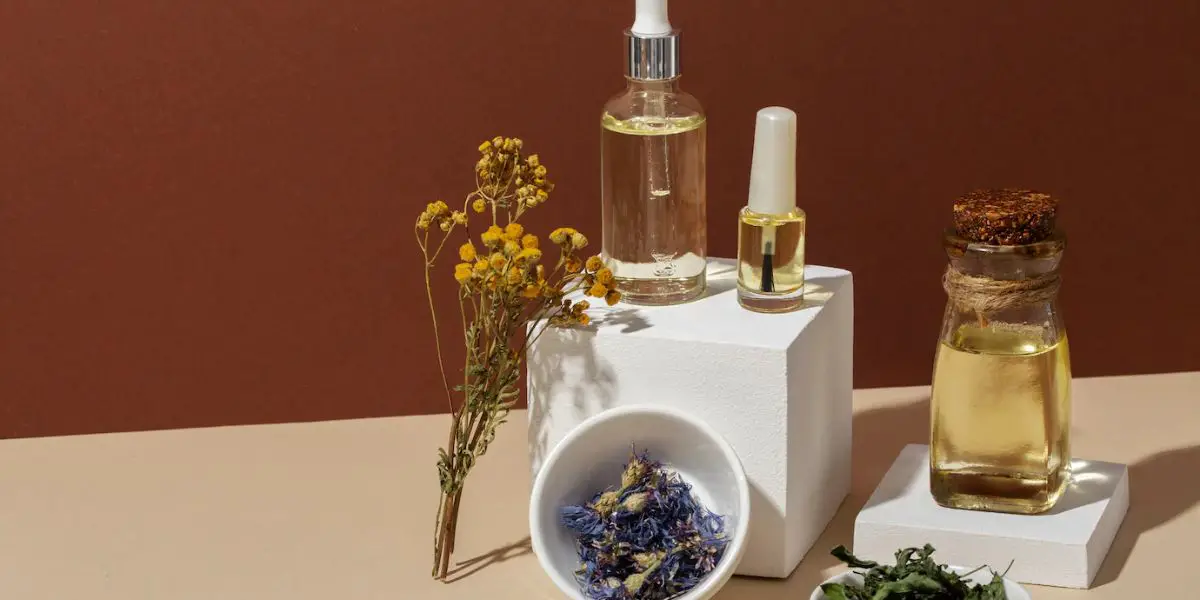Blends For Essential Oils: Ultimate Guide to Blend Essential Oil
Jump To:
Essential oils have been used for centuries for their therapeutic properties and pleasant fragrances, and combining different oils can create even more potent and effective blends. They are highly concentrated plant extracts that contain the natural aroma and therapeutic properties of the plant from which they are derived. They are often used in aromatherapy, natural skin care products, and home cleaning products because of their therapeutic benefits and pleasant fragrances.
In this blog, we will discuss the benefits of using essential oil blends, how to create your own diffuser blend at home, and some ideas for blends that can be used for various purposes. Whether you’re new to essential oils or a seasoned user, you’re sure to find some useful information and inspiration for creating your own blends. So, let’s get started exploring the world of essential oil blends!
What are Essential Oil Blends?
Essential oil blends are mixtures of two or more essential oils that are combined for a specific purpose or to achieve the desired effect. Essential oils are concentrated plant extracts that contain the natural scented compounds of the plant from which they were extracted. They are commonly used for their fragrance, therapeutic properties, and ability to affect the body and mind in various ways.
Essential oil blends can be created for a variety of purposes, including aromatherapy, skincare, and natural cleaning. They can be used in a variety of ways, such as applied topically to the skin, added to bathwater, or diffused into the air using a diffuser.
It’s important to note that essential oils should be used with caution, as they can be potent and may cause irritation or allergic reactions in some individuals. Be sure to do a patch test before using either of the essential oil blends on a large area of your skin, and never apply essential oils directly to your eyes or mucous membranes. Additionally, essential oils should be kept out of reach of children and pets.
Why do people blend essential oils?
There are several reasons why people blend essential oils, including:
- Enhanced therapeutic effects: Different essential oils have different therapeutic properties, and blending essential oils can help create a synergistic effect. For example, a blend of lavender and frankincense essential oils may be used to promote relaxation and stress relief.
- Customization: Essential oil blends can be created to suit individual preferences and needs. For example, a blend of peppermint and eucalyptus essential oils may be used to help with respiratory issues, while diffuser blends of citrus oils may be used to help with energy and focus.
- Increased versatility: Essential oil blends can be used in a variety of ways, such as applied topically to the skin, added to bathwater, or diffused into the air using a diffuser. This allows for more flexibility in how the oils can be used.
- Improved fragrance: Essential oils can be blended together to create a unique and pleasant fragrance.
- Cost savings: Creating your own blends at home can be more cost-effective than purchasing premade blends.
It’s important to note that essential oils should be used with caution, as they can be potent and may cause irritation or allergic reactions in some individuals. Be sure to do a patch test before using any essential oil blend on a large area of your skin, and never apply essential oils directly to your eyes or mucous membranes. Additionally, essential oils should be kept out of reach of children and pets.
How to Make Aromatic Essential Oil Blends?
To make essential oil blends, you will need the following materials:
- Selection of scented oils. Essential oils have complementary scents and properties. Some popular essential oil combinations include lavender, peppermint, eucalyptus, and lemon.
- Carrier oils, such as a few drops of almond oil or jojoba oil. Carrier oils help dilute the essential oils and make them safe to apply to the skin.
- A small glass bottle with a dropper cap or a spray bottle.
To create the blend, follow these steps:

- Determine the desired ratio of essential oils to carrier oils. As a general rule, you can use 2-3 drops of essential oil per teaspoon of carrier oil. You can adjust this ratio based on the strength of the aroma you want and the therapeutic properties you want to achieve.
- Add the essential oils to the bottle. Use a dropper or a measuring spoon to measure the oils.
- Add the carrier oil to the bottle. You can use a dropper or a measuring spoon to measure the carrier oil.
- Close the bottle and shake well to mix the oils.
- Allow the blend to sit for at least 24 hours before using it. This allows the oils to blend together and the scent to fully develop.
- To use the blend, apply a small amount to your skin or add a few drops to a diffuser.
It’s important to note that essential oils should be used with caution, as they can be potent and may cause irritation or allergic reactions in some individuals. Be sure to do a patch test before using essential oil blends on a large area of your skin, and never apply essential oils directly to your eyes or mucous membranes. Additionally, essential oils should be kept out of reach of children and pets.
Benefits of using different blends of essential oil
There are several benefits to using essential oil blends, including:
- Enhanced therapeutic effects: Different essential oils have different therapeutic properties, and blending them can help create a synergistic effect. For example, a blend of scented oils essential lavender, and frankincense essential oils may be used to promote relaxation and stress relief. It plays a great role in aromatherapy.
- Customization: Essential oil blends can be created to suit individual preferences and needs. For example, a blend of a few drops of peppermint and eucalyptus essential oils may be used to help with respiratory issues, while a blend of citrus oils may be used to help with energy and focus.
- Increased versatility: Essential oil blends can be used in a variety of ways, such as applied topically to the skin, added to bathwater, or diffused into the air using a diffuser. This allows for more flexibility in how the oils can be used.
- Improved fragrance: Essential oils can be blended together to create a unique and pleasant fragrance.
It’s important to note that essential oils should be used with caution, as they can be potent and may cause irritation or allergic reactions in some individuals. Be sure to do a patch test before using essential oil blends on a large area of your skin, and never apply essential oils directly to your eyes or mucous membranes. Additionally, essential oils should be kept out of reach of children and pets.
Essential Oil Drops: Blending Tips

Follow these essential oil blending tips to create customized blends that meet your specific therapeutic and aromatic needs:
- Begin with a small batch: It is best to start with a small batch of your essential oils blend so that you can adjust the proportions and ingredients as needed. This will allow you to fine-tune the blend and create a final product that meets your desired therapeutic and fragrant purposes.
- Use a blending chart: There are many essential oil blending charts available online that can help you to choose the right oils for your blend. These charts can also help you to determine the appropriate dilution ratios of scented oils topical application for your blend.
- Experiment with different ratios: Don’t be afraid to play around with different ratios of essential oils in your blend. This will allow you to find the perfect balance of aromas and therapeutic properties.
- Take notes: It is a good idea to keep a journal of your essential oils blend. This will allow you to refer back to your notes and recreate successful blends in the future.
- Consider the therapeutic properties: When creating your essential oils blend, it is important to consider the therapeutic properties of the individual oils that you are using. This will allow you to create a blend that addresses specific concerns or enhances the overall therapeutic benefits of the blend.
- Use high-quality oils: It is important to use high-quality essential oil blends when creating your blends. Poor-quality oils may not provide the desired therapeutic benefits and may even contain impurities that can be harmful to your health.
- Test your blend: Before using your essential oil blends, it is important to test them to ensure that it is safe and effective. You can do this by applying a small amount of the blend to a patch of skin on your inner arm and observing for any adverse reactions.
Oil-Blends for Essential Oil Diffusers
Here are a few essential oil diffusers you must try
Use case |
Essential Oils blend |
|
Happiness |
Bergamot + Lavender Oil |
|
Sleep |
Cedarwood + Orange Oil |
|
Bedtime |
Lavender + Vetiver Oil |
|
Clear Mind |
Rosemary + Peppermint Oil |
|
Breathe |
Eucalyptus + Lavender Oil |
|
Clean Air |
Lemon + Tea Tree Oil |
|
Detox |
Lemon + Grapefruit Oil |
|
Calm |
Lavender + Sandalwood Oil |
|
Nausea |
Ginger + Peppermint Oil |
|
Peace |
Sweet Marjoram + Orange Oil |
|
Strength |
Lime + Black Pepper Oil |
|
Relaxation |
Tangerine + Patchouli Oil |
Essential Oil Recipes
Here are a few blends essential oil recipes that you can try at home:

- Relaxing massage oil: Combine 10 drops of lavender oil, 5 drops of chamomile oil, and 5 drops of ylang-ylang oil with 1 ounce of carrier oil. This part is relaxing and calming and can be used as a massage oil to soothe the mind and body before bedtime.
- Revitalizing room spray: Combine 10 drops of peppermint oil, 10 drops of lemon oil, and 10 drops of orange oil with 1 cup of water in a spray bottle. Shake well and use it as a natural room freshener to uplift the mood and invigorate the senses.
- Immune support blend: Combine 10 drops of tea tree oil, 10 drops of eucalyptus oil, and 10 drops of rosemary oil with 1 ounce of carrier oil. This blend is supportive of the immune system and can be used to clear congestion and support respiratory health.
- Calming bath salts: Combine 1 cup of Epsom salts, 10 drops of lavender oil, and 5 drops of chamomile oil in a jar. Add a few spoonfuls of the mixture to a warm bath for a relaxing and calming soak.
- Invigorating shower steamers: Combine 1 cup of baking soda, 1/2 cup of cornstarch, and 10 drops each of peppermint oil and 10 ml of eucalyptus oil in a bowl. Mix well and press the mixture into silicone molds or an ice cube tray. Place a steamer in the shower and allow the steam to release the essential oils as you shower.
Remember to always use essential oils with caution and follow the instructions on the label. If you have sensitive skin or are pregnant, it is always best to consult with a healthcare professional before using essential oils.
Essential oil: Wrapping up
In conclusion, essential oil blends are a versatile and effective way to take advantage of the therapeutic properties of essential oils. By combining different essential oils, you can create customized blends that suit your individual needs and preferences. Whether you’re looking to promote relaxation, boost your energy, or improve your skin, there are essential oil blends that can help.
Just be sure to use essential oils with caution and follow proper dilution guidelines to avoid irritation or adverse reactions. With a little experimentation and creativity, you can create a range of blends that enhance your well-being and bring a natural touch to your daily routine.
Hopefully, this guide to essential oil blends answers your questions. If you know about any other blend essential oil diffuser, let us know in the comment section below!
